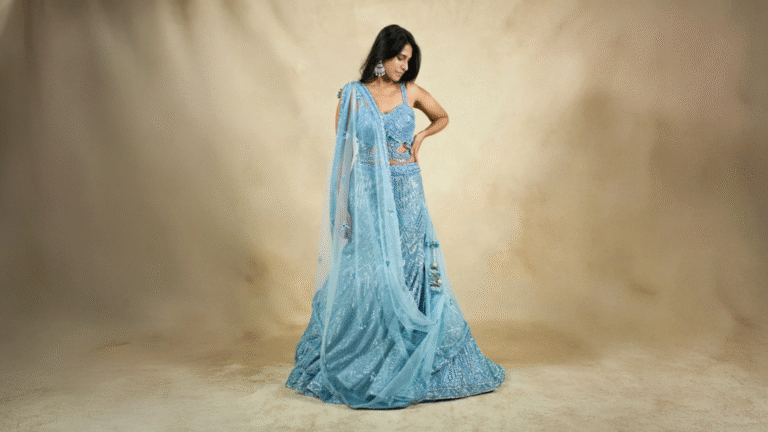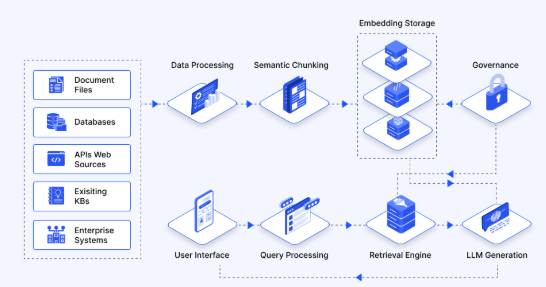AI Face Swap and Clothing Changer: A Creative Transformation
In today’s digital world, artificial intelligence (AI) is redefining how we create, edit, and experience images. Among the most exciting innovations in visual AI are AI face swap and AI clothing changer technologies. Once limited to science fiction and advanced movie studios, these tools are now accessible to everyone with a smartphone or laptop. Whether for entertainment, marketing, or professional design, AI-driven transformation tools are reshaping how people express creativity and identity online.
The Evolution of Visual AI
To understand the significance of face-swapping and clothing-changing AI, it helps to look at how image editing has evolved. In the early 2000s, photo manipulation was largely manual, requiring advanced skills in Photoshop or other professional software. Then came automated filters and beauty apps, which simplified editing. Now, AI has taken it several steps further—allowing full face replacements, outfit redesigns, and virtual try-ons with just a few clicks.
The shift is driven by deep learning models and generative adversarial networks (GANs). These systems are trained on massive datasets of human faces, body structures, and clothing styles. As a result, they can recognize patterns, detect contours, and produce realistic results that are often indistinguishable from genuine photos.
AI Face Swap: The Art of Identity Remix
The face swap tool is perhaps one of the most talked-about features in digital creativity. It allows users to swap faces between two images or videos—instantly transforming one person into another. What used to take hours of professional video editing now happens in seconds.
For example, influencers can see what they’d look like as movie characters, and fans can insert themselves into scenes from their favorite films. Artists use face swapping to experiment with concepts of identity and transformation, while marketers can generate promotional visuals that feature models with different demographics to appeal to diverse audiences.
Behind the scenes, the technology works by mapping facial landmarks—eyes, nose, mouth, and jawline—then blending them seamlessly onto the target image. Advanced models also replicate skin tones, lighting, and facial expressions to make the transition appear natural.
However, as fun and fascinating as this technology is, it also comes with ethical considerations. Misinformation and “deepfakes” are potential risks, which is why reputable AI developers integrate safety filters and watermarking features to ensure transparency and prevent misuse.
AI Clothing Changer: Reinventing Style and Fashion
The AI clothing changer is another revolutionary application, especially popular in fashion, e-commerce, and social media. This tool lets users replace or modify clothing in photos without needing a physical wardrobe or photoshoot.
Imagine uploading a picture of yourself and instantly trying on hundreds of different outfits—from business attire to streetwear or cultural costumes. AI clothes changer use computer vision to identify your body shape and pose, then generate realistic clothing overlays that match the lighting and perspective of the original photo.
For businesses, the benefits are enormous. Fashion retailers can offer virtual fitting rooms that allow customers to visualize products before buying. Photographers and designers can experiment with outfit concepts without needing new photo sessions. Even stylists can use AI clothing changers to create lookbooks or style portfolios for clients remotely.
Beyond commerce, these tools empower personal creativity. Social media creators can craft themed photoshoots or fantasy-inspired content, transforming themselves into superheroes, vintage icons, or runway models—all digitally.
Blending Face and Fashion: The Next Frontier
When combined, face swap and clothing changer technologies unlock endless possibilities for digital artistry. Imagine being able to design a completely new persona—changing not only your clothes but also your face to suit a creative concept. This is becoming increasingly common in digital storytelling, character design, and virtual influencer creation.
Brands are already exploring this fusion. For instance, some marketing campaigns now feature AI-generated models that wear custom outfits, express emotions, and connect with audiences just like human ambassadors. This approach reduces production costs and opens up creative flexibility that traditional photography can’t match.
Meanwhile, individuals use these tools to express cultural pride, experiment with gender expression, or visualize personal transformations. AI makes it easy to reimagine yourself—whether as a professional headshot with a polished suit, or as a fantasy warrior with ornate armor.
The Ethics of AI Transformation
As transformative as AI can be, ethical awareness is essential. The same technologies that enable creative freedom can also be used irresponsibly—such as creating fake celebrity images or deceptive marketing materials.
Responsible developers are addressing these issues by introducing safeguards like content authenticity labels, usage disclaimers, and consent-based image uploading. Users, too, play a key role in maintaining integrity—using AI creatively, not deceptively.
Another ethical aspect is diversity. AI models must be trained on inclusive datasets to ensure that face swaps and clothing changes work equally well for all skin tones, body types, and cultural attires. Inclusivity ensures that technology empowers everyone, not just a few.
The Future of AI-Driven Creativity
Looking ahead, the boundaries between digital and physical self-expression will continue to blur. We can expect even more immersive tools—perhaps virtual mirrors that show real-time outfit changes or interactive avatars that mimic our gestures and voices.
As AI evolves, so too will our understanding of identity and creativity. What once required physical effort or artistic training is now achievable through intelligent algorithms. And while skeptics may view this as artificial, many see it as a new medium of human imagination—a way to tell stories, visualize dreams, and connect across cultures in visually compelling ways.
Conclusion
The rise of AI face swap and AI clothing changer technology marks a new chapter in visual creativity. These innovations merge art, technology, and identity in fascinating ways—offering limitless opportunities for entertainment, fashion, and self-expression.





